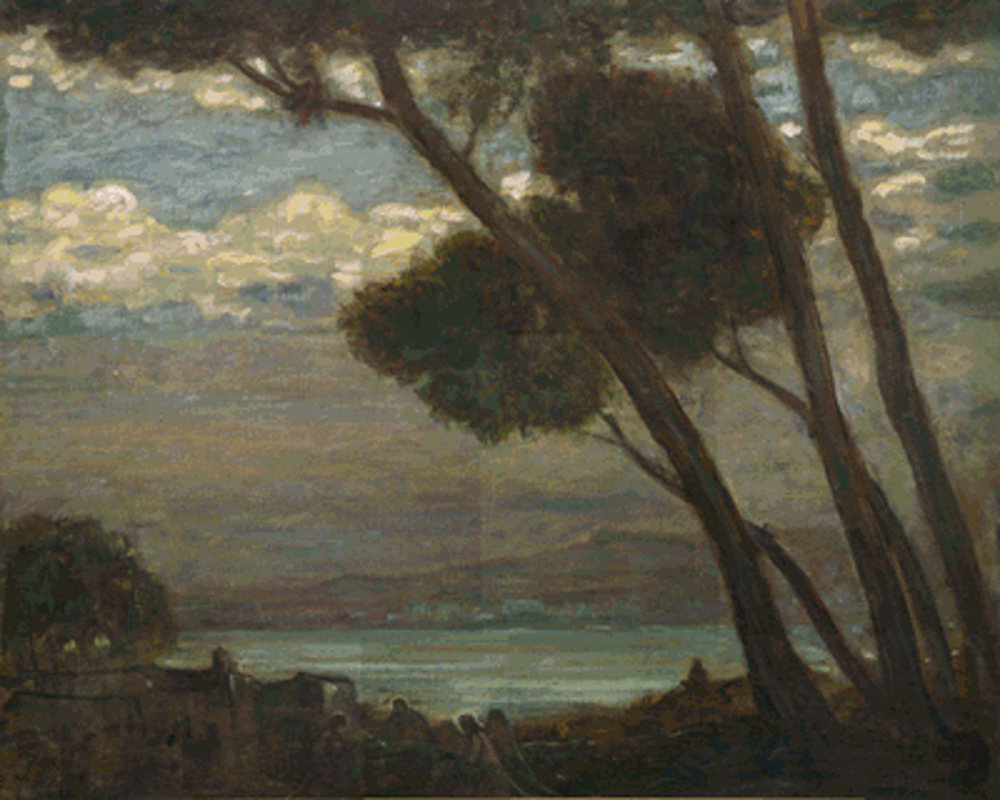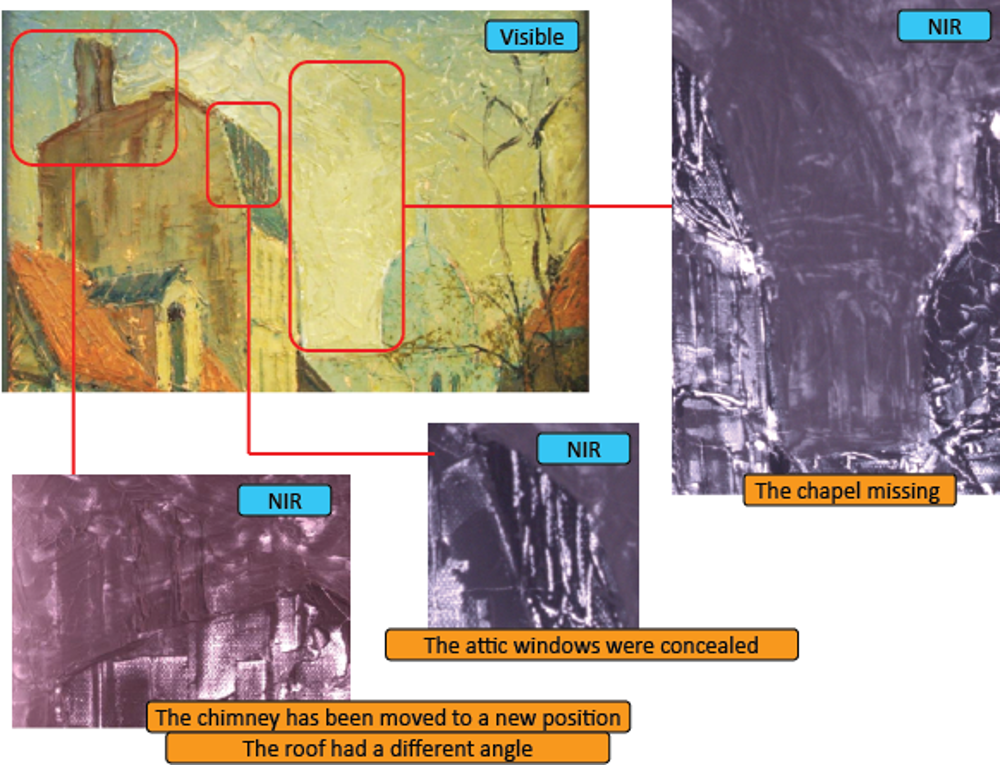Near and Shortwave Infrared Imaging

Near-infrared (NIR) and Short-wave infrared (SWIR) radiography method is a very valuable method for thorough analysis of works of art. Near- and short-wave infrared bands spread behind the visible part of spectrum and penetrate pigments easier than visible light, which allows for seeing those layers of paint which are covered by others.

The method of infrared vision came into use in the first half of 20th century when it was noted that artistic paints exhibit different transparency in infrared band. It was shown that most of paints have minimal absorption at wavelengths around 2.0 mkm. This gives possibility to observe covered layers and a great opportunity to find fine sketches done by artist on the ground. Highly reflective sketches, like graphite, are extremely well-recognizable.
In some cases one can see even more interesting things. It is not uncommon that one painting may become painted over with some other composition. Such hidden paintings can often be detected by an infrared imager.